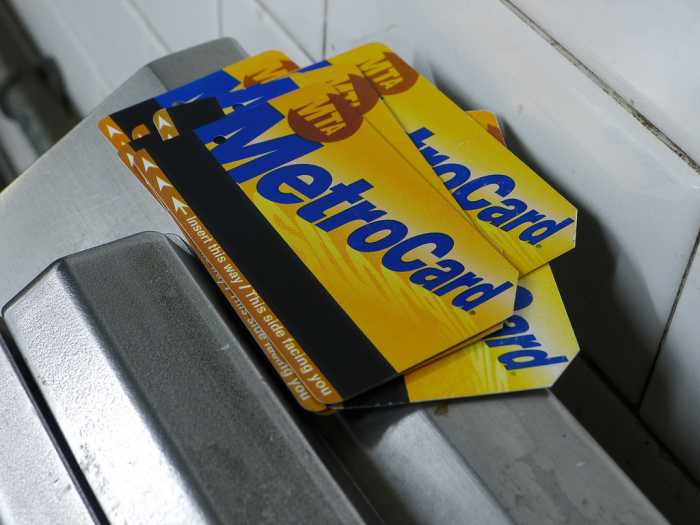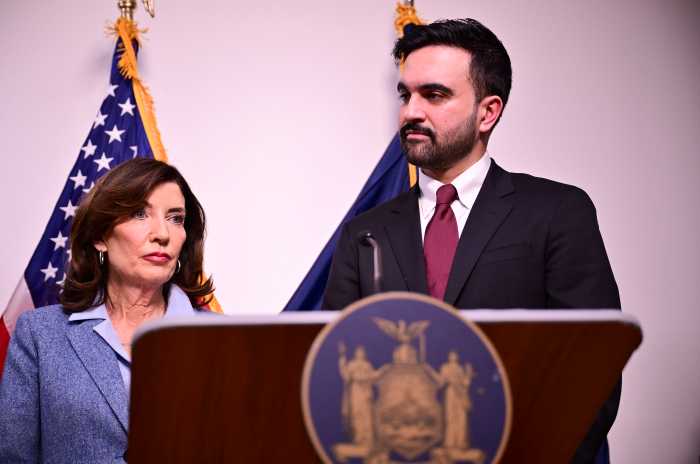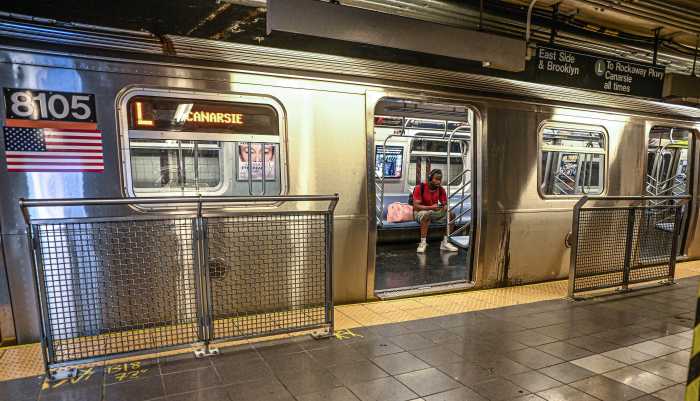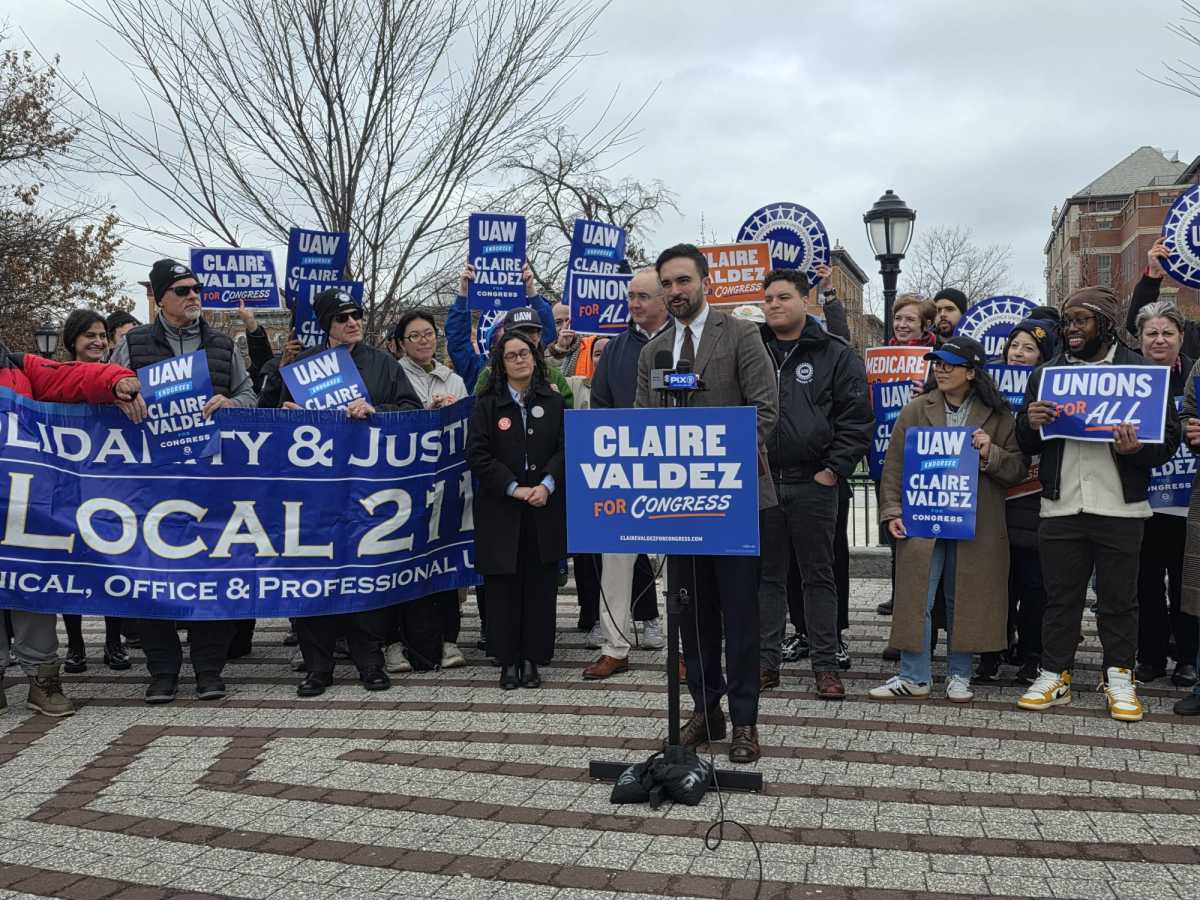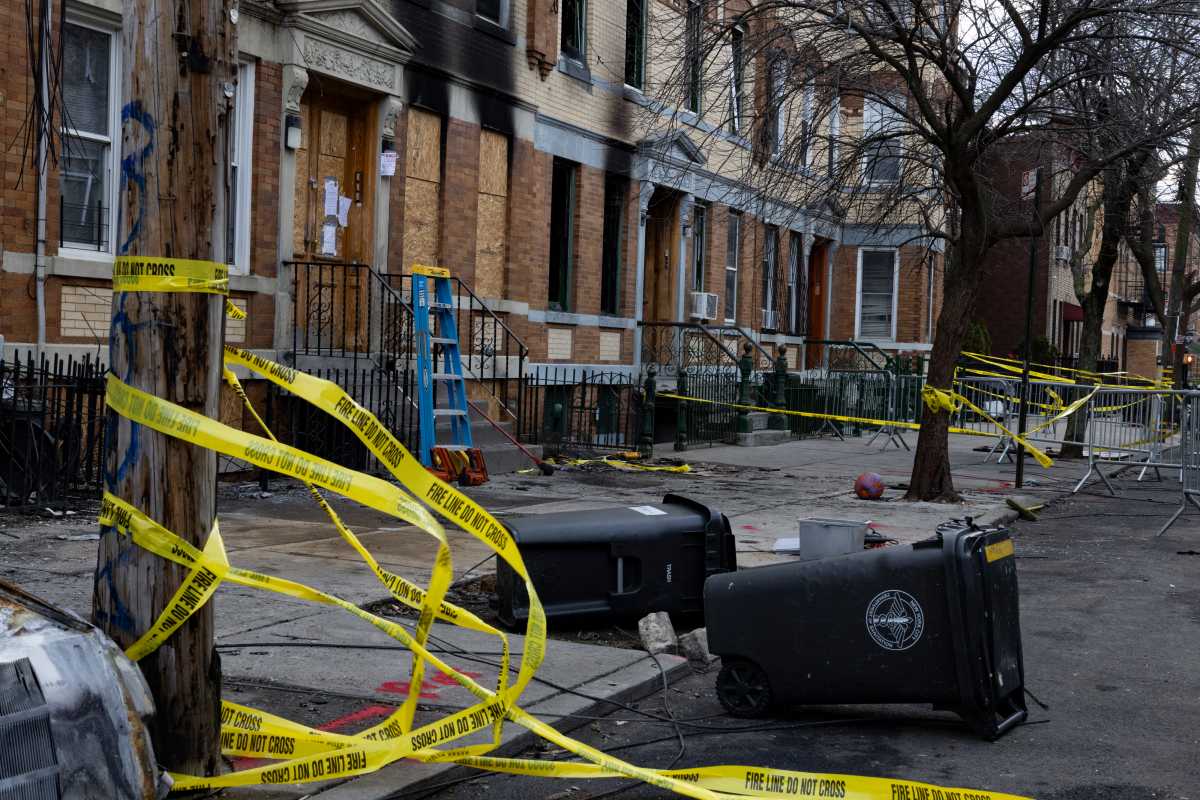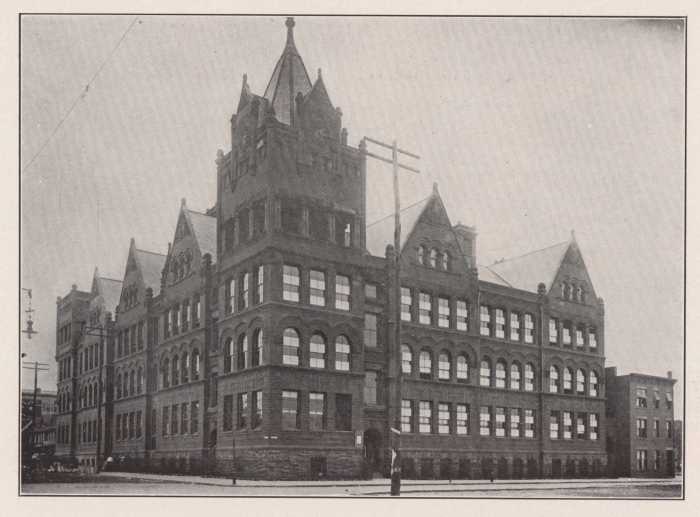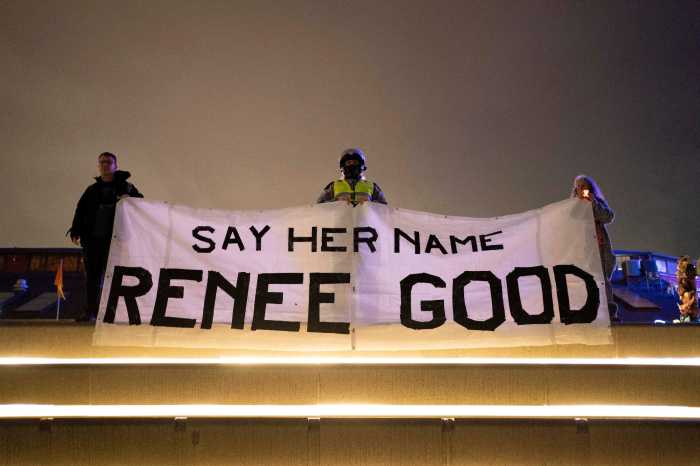Advocates and MTA board members offered resounding support for NYC Transit President Andy Byford’s new plan to save the subways, pledging to fight for a way to pay for it.
The plan, called Fast Forward, offers a 10-year road map to more rapidly modernize the MTA’s outdated subway signal system, improve station accessibility and reform the corporate culture at the agency at a cost that will likely be in the tens of billions of dollars.
It’s a “wide-ranging” and “transformative” approach to resuscitate a transit system with declining service reliability and ridership, according to Byford, who unveiled the plan at MTA headquarters Wednesday.
“I truly believe that we have a choice to make,” said Byford. “Our plan demonstrates what can be done in a vastly expedited time frame to transform New York City Transit from a state of emergency — a state of emergency, how did it come to this? — into a network worthy of the world’s greatest city.”
Byford’s strategy calls for installing a modern signal system called Communications-Based Train Control along segments of five lines within five years, serving three million daily riders. In the following five years, it will be installed on another six segments to ultimately improve rides for 5 million daily commuters — upgrading nearly the entire signal system roughly 30 years earlier than previously anticipated.
The total replacement would require extended weekend and overnight service outages, but is expected to significantly improve subway service by allowing the MTA to run more trains and to do so more reliably, reducing wait times and major outages.
The plan also calls for a redesign of bus routes in all boroughs within three years and a strategy to make 50 subway stations ADA compliant within five years, specifically selecting stations to ensure that riders are within two stops from an accessible station. Accessibility advocates said they would continue fighting for a 100-percent accessible subway system, which Byford said could potentially come by 2034.
Funding for many of these five-year initiatives will likely be hashed out in the MTA’s next capital plan, for 2020 to 2024. The cost is expected to be high, but Byford declined to offer an estimate in his presentation.
“I don’t want to fall at the first hurdle,” he sad. “We’ve got to get the price right.”
Mayor Bill de Blasio and Gov. Andrew Cuomo have feuded for years over funding both operating and capital expenses for the MTA. And some state lawmakers, who control the creation of new revenue streams for the authority, have been reluctant to do so. While advocates said Cuomo must lead on garnering support for the plan, neither the governor nor de Blasio offered to directly fund the initiative on Wednesday.
“The [Fast Forward plan] is monumental,” said Nick Sifuentes, the executive director of the Tri-State Transportation Campaign. “It is a sea change. It is a fundamental way of relooking at how the MTA has done business, and at modernizing our system and our subways. It’s going to be incredibly important that our elected officials step up to the plate.”
Some MTA board members stressed that the board must come together to advocate fiercely for the money once a price tag is set. There was some hope that the plan, with its clear timelines and benefits, would make that advocacy easier.
“We’d be naive to think that the money is just going to flow in. It’s going to take tough decisions and this board needs to provide the leadership,” said board member Scott Rechler, addressing his fellow members. “We need to be 110 percent in. All of us need to be 110 percent in.”
Veronica Vanterpool, another board member, said justifying the price tag will mean coming to terms with the current unacceptable level of public investment in the MTA.
“I think we need to dispel this fallacy that . . . basically $3.6 billion a year is enough to fund the needs of our transit system; it is not,” Vanterpool said. “We as a public have been falsely conditioned to think that is the right and adequate and sufficient amount of money to address the capital needs of this system; it is not.”



